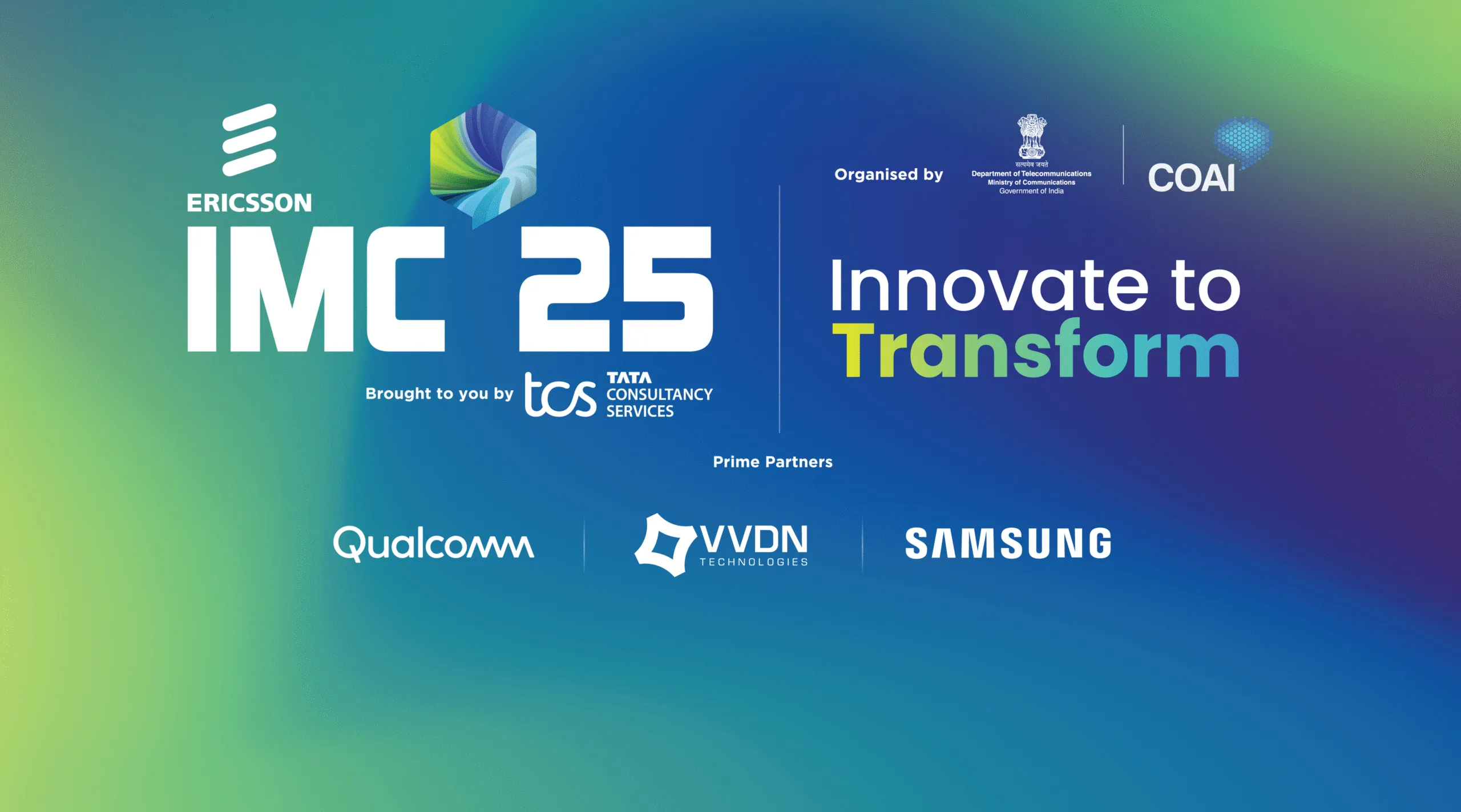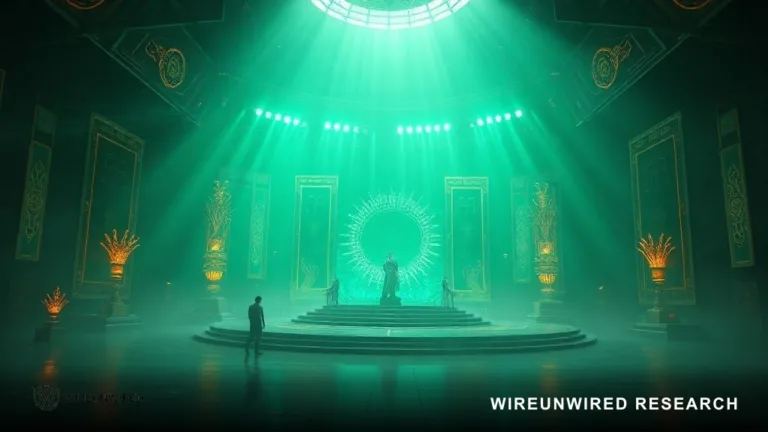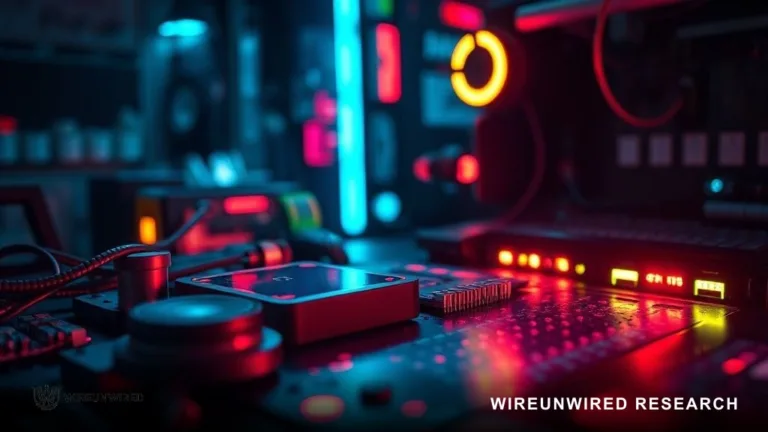A quick, friendly preview
India Mobile Congress (IMC) 2025 arrives October 8–11 at Yashobhoomi, New Delhi, bringing four days of future‑ready connectivity and deep tech to Asia’s largest telecom forum. Co-organized by the Department of Telecommunications and COAI, this year’s edition convenes 400 exhibitors, 7,000 delegates from 150 countries, and nearly 150,000 visitors around the theme “Innovate to Transform”. The show floor promises live 6G demonstrations, AI‑driven network solutions, and satellite communications showcases alongside leadership keynotes, policy roundtables, and hands‑on exhibits spanning 4.5 lakh square feet.
For schedules, speaker tracks, and floor maps, check the official IMC site.
Why IMC 2025 matters
IMC 2025 is more than a showcase—it’s a checkpoint where India’s connectivity roadmap meets working reality, with live demos, policy signals, and production‑grade builds converging on one floor. The week spotlights how India’s operators, startups, and researchers are pushing 6G trials, scaling AI‑native networks, and turning satcom from pilots into everyday services.
- 6G moves from lab to floor with on‑prem testbeds, early NTN integrations, and cross‑vendor proofs that stress interoperability, energy efficiency, and integrated sensing.
- Bharat 6G Vision shows up in action through joint academia‑industry labs, startup pilots, and operator‑backed trials that shorten the path from prototypes to field deployments.
- Satcom shifts into service mode as licensed providers demo backhaul, enterprise links, and direct‑to‑device readiness that extend coverage beyond traditional terrestrial grids.
- Production AI steps into the network fabric—optimizing RAN, automating core operations, and pushing intelligent inference to the edge and devices for real‑world gains.
- Policy and ecosystem alignment take center stage, with cues on spectrum, open networks, device readiness, and security that will shape timelines after the show.
Read Also: Jeff Bezos Predicts Gigawatt-Scale Orbital Data Centers Within Two Decades, Powered by AI and Robots
6G: proof over promises
This is where 6G shifts from slideware to the show floor, with demos that point to near‑term trials instead of distant roadmaps. If the exhibits feature AI‑native control in RAN/Core, integrated sensing and communications, and practical NTN blends with terrestrial grids, that’s traction—not talk. Expect conversations to center on interoperability, energy efficiency, and real deployment paths.
- AI‑native networks: closed‑loop automation, intent‑driven orchestration, and energy‑aware operations built in from day one.
- ISAC and NTN: integrated sensing and satellite‑terrestrial blends that extend coverage and enable new industrial use cases.
- Testbeds to trials: research rigs maturing into interoperable pilots aligned to globally recognized capability classes.
- Spectrum and standards: clarity on mid‑band options and contributions that can translate into patents and IP value.
AI: production‑first narratives
The narrative moves from prototypes to playbooks—AI that lowers outages, tightens SLAs, and pays for itself in operations and edge use cases. Expect governance and safety to sit alongside ROI, with deployment checklists replacing aspirational statements. The spotlight is on measurable impact across network operations and industrial workflows.
- Telco AIOps: fewer outages, tighter SLAs, and lower opex through fault prediction and automated assurance.
- Edge AI: low‑latency inference for quality control, worker safety, and logistics/yard management.
- Responsible AI: policies, controls, and auditability that travel with models into production.
Read Also: US Attorneys General Probe Tech Giants Over Renewable Energy Claims and Grid Reliability Risks
Satcom: from last‑mile to lifeline
Satcom steps into the mainstream as a resilience layer and a reach extender for enterprise and public networks. Multi‑orbit architectures stitched to terrestrial 5G/6G harden backhaul, extend SD‑WAN, and unlock NTN for massive IoT where fiber and towers thin out. Expect a pragmatic focus on service continuity, coverage economics, and direct‑to‑device readiness.
- Enterprise backhaul: continuity for energy, mining, and remote operations at the edge of terrestrial grids.
- IoT over NTN: national‑scale telemetry for agriculture, environment, utilities, and fleets.
- D2M: broadcast and alerting to standard devices for infotainment and public safety.
How to follow and participate
Plan the week via the official IMC 2025 site, prioritize sessions that match business goals, and leave buffer time to scout the floor for live demos. Review the global standards path alongside India’s priorities, then track how those themes show up in keynotes, labs, and pilots.
- Build a shortlist across 6G, AI, satcom, and security tracks with backup options in adjacent time slots.
- Check venue maps to cluster meetings and demos by hall to save time and extra walking.
- Track Bharat 6G Vision sessions, startup zones, and operator showcases for the fastest route from lab to field.
Bottom line
Watch for proof, not promises—credible 6G testbeds, AI that improves SLAs and opex, and satcom integrations that hold up under real‑world constraints will mark IMC 2025 as a turning point.
Discover more from WireUnwired Research
Subscribe to get the latest posts sent to your email.




